by David Alan Johnson
Any American submarine that had made contact with a Japanese task force a year or two earlier would almost certainly not have had the success that Darter and Dace had with Admiral Kurita’s task force. It is very likely that the entire enemy fleet would have come away unscathed. The reason was that until late 1943, the U.S. Navy did not have a reliable torpedo.
[text_ad]
The Trouble with the Mk 14
Throughout 1942 and 1943, submarine commanders fired scores of the new Mk 14 torpedo at enemy targets without recording any hits. This was causing a severe crisis of morale in the submarine service, as well as a failure to damage the enemy’s naval and merchant fleets. Lt. Cmdr. Frederick B. “Fearless Freddie” Warder was one captain who had his share of torpedo trouble. He had brought USS Seawolf through six war patrols, all of which were beset by faulty torpedoes. The seventh patrol was no improvement.
Warder came upon an 8,000-ton Japanese transport at anchor in Talomo Bay in the Philippines and fired four Mk 14 torpedoes at the stationary target. Every one either missed or did not explode. Warder then reloaded Seawolf’s tubes with the older Mk 10 torpedoes. The first Mk 10 exploded against the transport’s stern. Another was fired from the stern tubes, which hit and sank the transport. This was evidence enough for him. He filed a forceful report to his superiors, complaining that the Mk14s were defective.
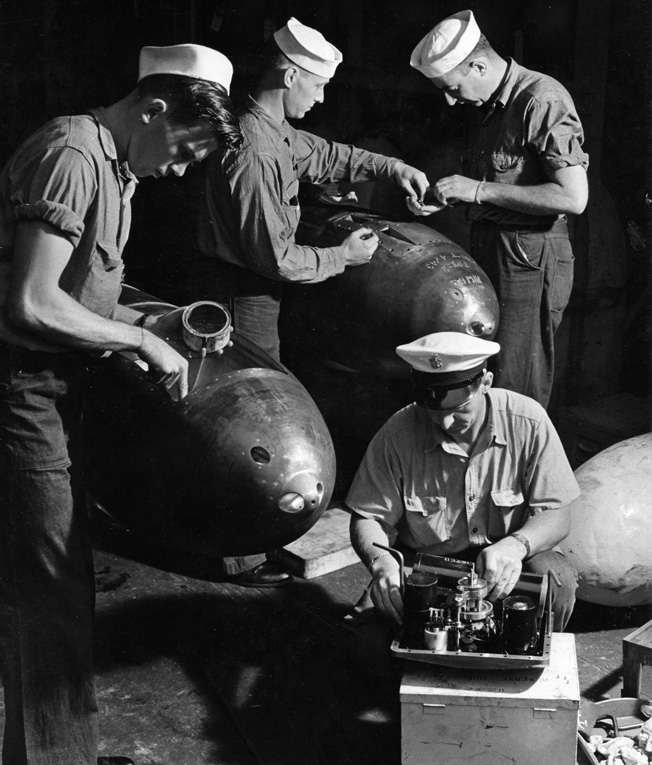
Tests were carried out to determine exactly what was wrong with the Mk 14s, which were supposed to be superior to the old Mk 10s. The tests concluded that the problems were threefold: the Mk 14s tended to run at least 10 feet deeper than the depth that was set, causing them to run underneath their targets; the magnetic detonators used with the Mk 14s were detonating prematurely, causing the torpedoes to explode before reaching their target; and contact detonators tended to jam when striking the side of the target vessel.
A Japanese Navy-Inspired Solution
A new depth control valve solved the problem of the Mk 14’s running depth. Solving the difficulties of the magnetic detonator proved to be a lot more trying. After several inadequate and thoroughly frustrating attempts, it was decided to abandon the magnetic device in favor of the contact mechanism, but the contact detonator had its own set of problems.
Fortunately for the ordnance men who were running the tests, the solution turned out to be fairly simple. The detonator’s firing pin was found to be too heavy. A 3,000-pound torpedo striking a target at a speed of 46 knots imposed too much inertial friction on the firing pin, which prevented the heavy pin from traveling fast enough and from striking the detonator’s primer cap hard enough to cause detonation. Japanese ships were entering port with Mk 14 torpedoes sticking out of their sides below the water line. Workshops at Pearl Harbor designed and produced a new kind of firing pin.
In a note of irony, the Japanese Navy was instrumental in producing the new pin. The ideal metal for the project was found in the propeller blades of aircraft that had been shot down during the attack of December 7, 1941. The Japanese metal allowed the pin to be light enough to reduce all friction. It could now strike the primer with enough force to detonate the warhead. The modified torpedoes passed all tests and also succeeded against enemy shipping. Early on, the USS Haddock sank two ships with four torpedo hits, and her sisters also went on to prove that the new contact detonator worked—an increased number of hits and no duds. It had taken nearly two full years, but the U.S. submarine fleet finally had a dependable torpedo.
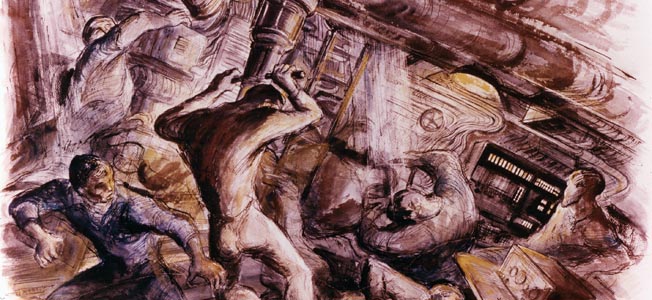

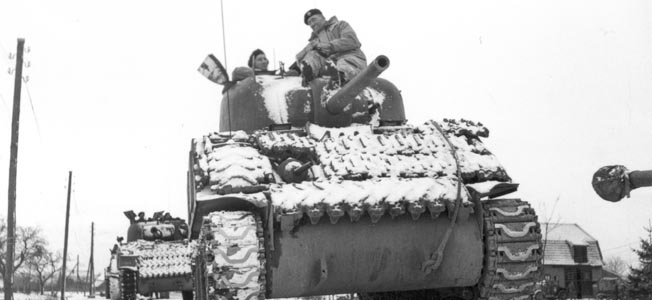
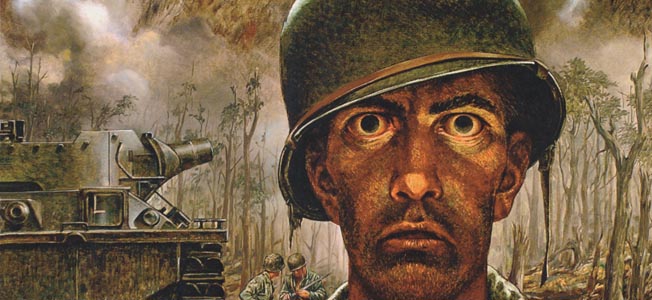
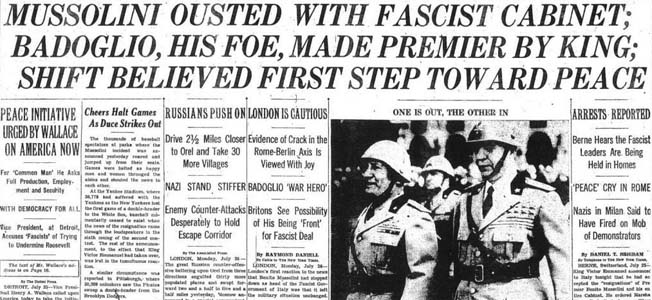
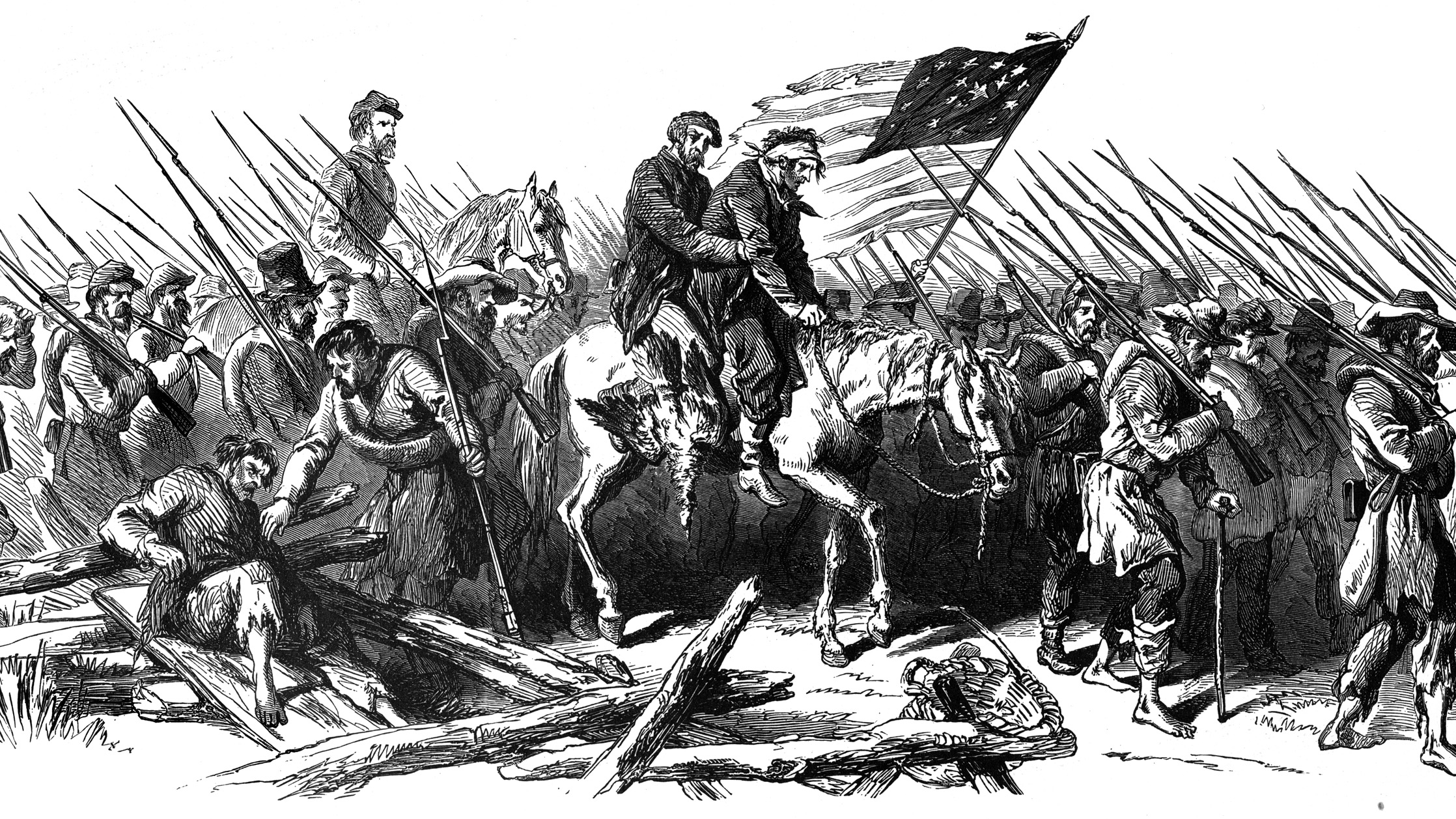
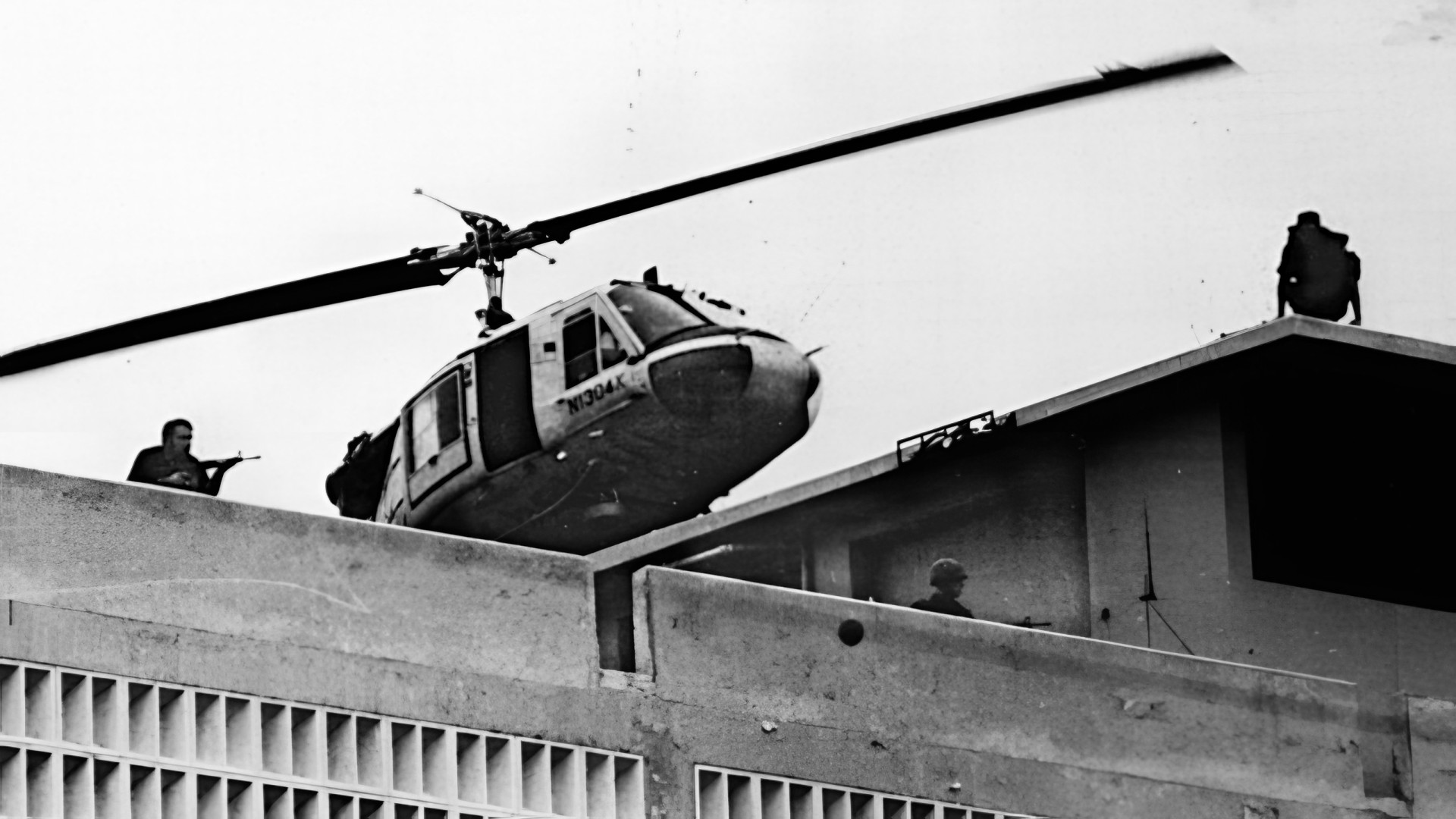
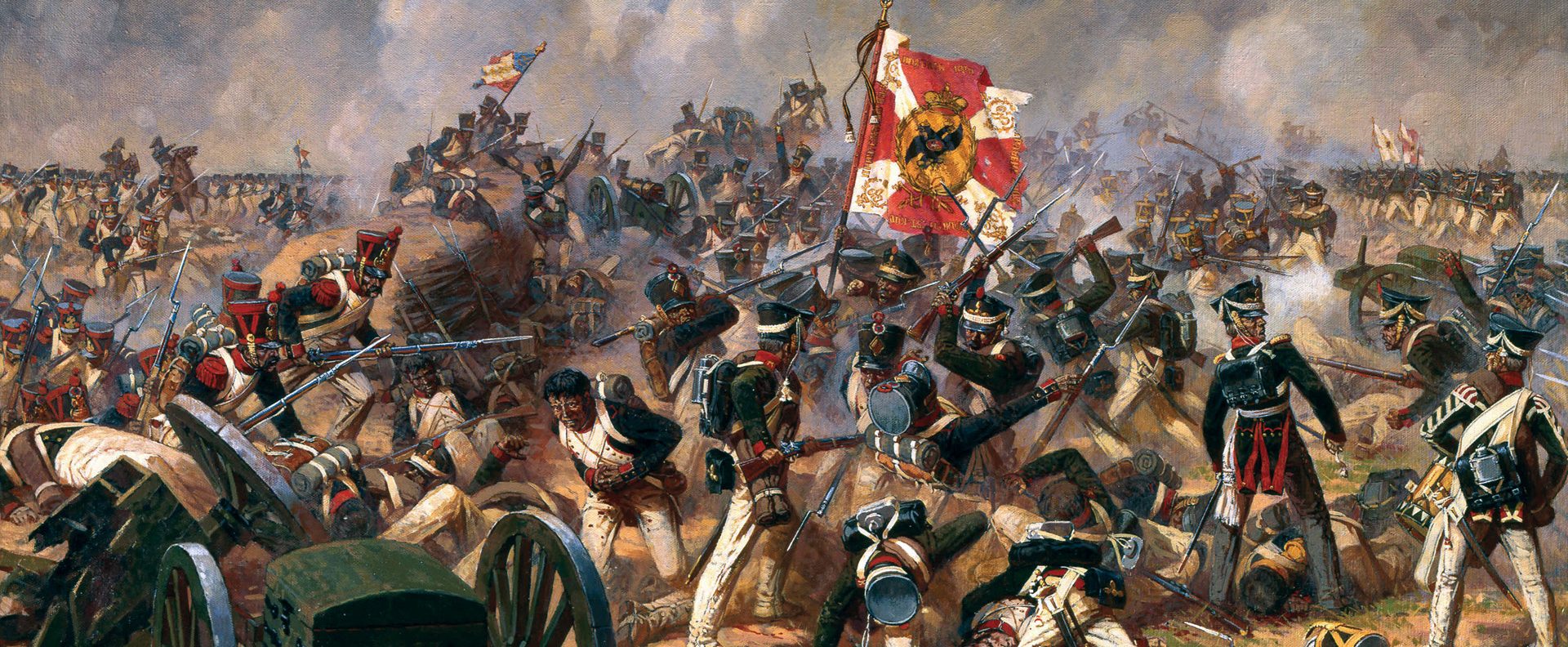

Join The Conversation
Comments
View All Comments